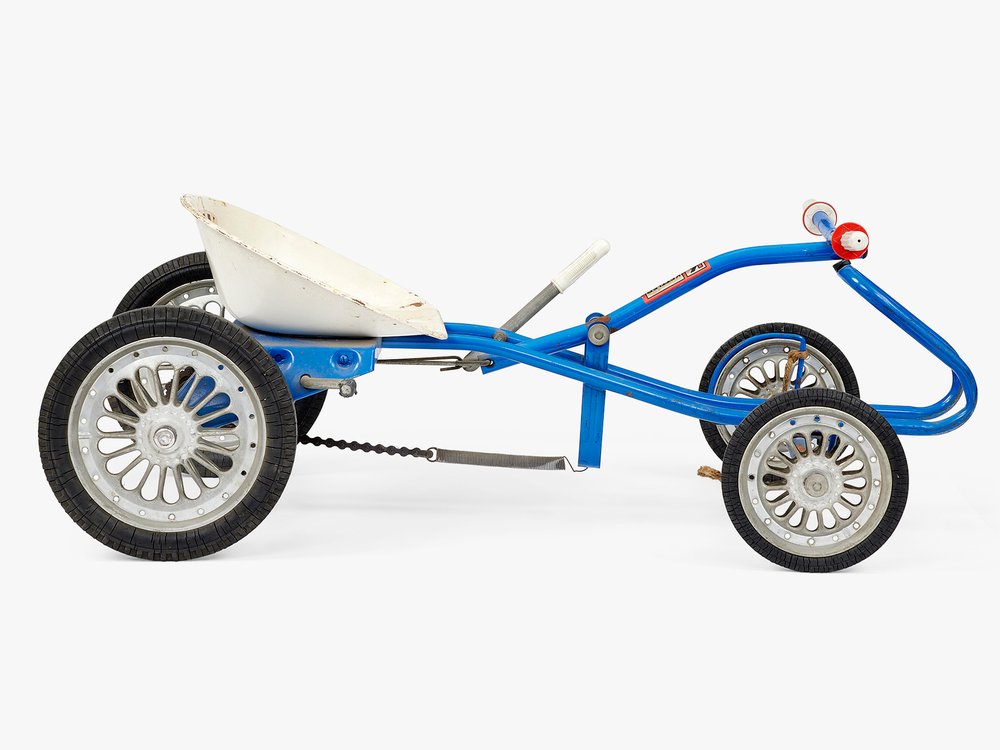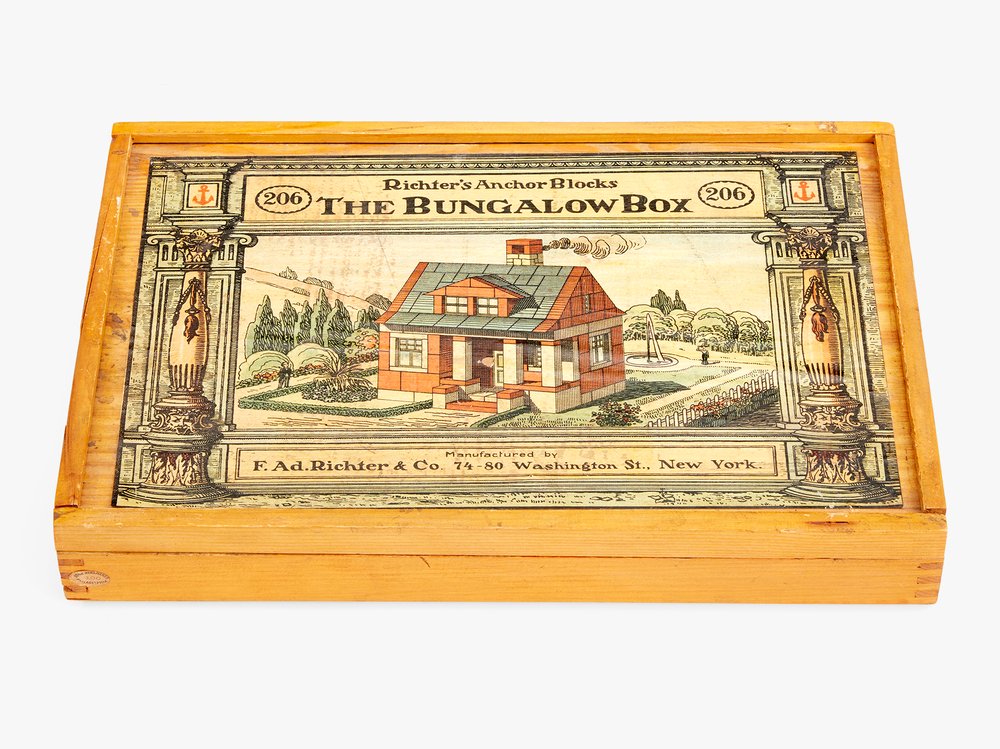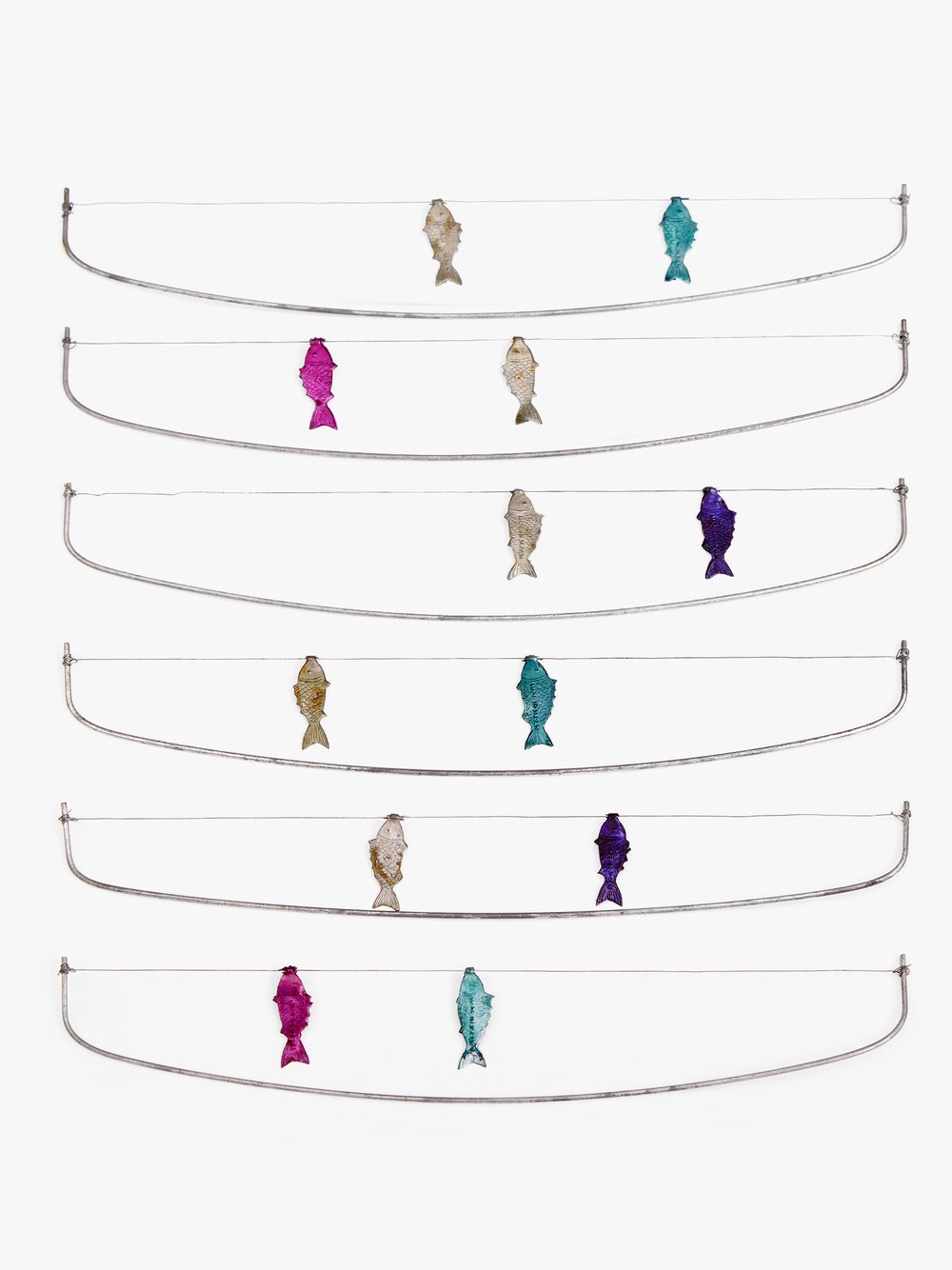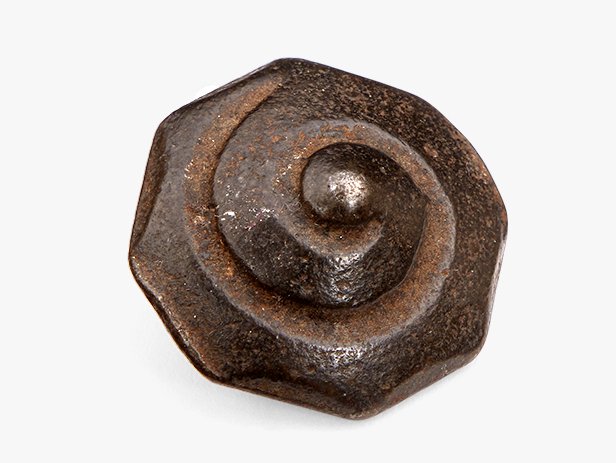Beigoma
n.d.
Tops, like kites and masks, were toys that Ray and Charles valued in large part because they are found in so many different cultures. And in gathering an international collection of tops, the Eameses aimed to emphasize cultural similarities, rather than differences. This point of view gained popularity in the second half of the 20th century as part of a broader rise of internationalism. Tony Benn, a British member of Parliament and friend of the Eameses, once explicitly connected these ideas to Tops when he explained that the Eames film “shows mankind of all races, and from all over the world, and every culture, playing with a single simple toy. The unity of humanity comes through in a way that is utterly pleasurable and absolutely unforgettable.” This type of small top is traditional to Japan, where it is known as a beigoma, and used in a game where players compete to knock each others’ tops out of a circle. Typically only a few centimeters wide, beigoma were originally made of a mixture of sand and wax that was molded in spiral seashells. By the early 20th century, these materials had largely been replaced by molded lead or cast iron, as seen in this object. Japan is just one of the many countries represented in the Eameses’ top collection.
- Medium:Cast iron
- Dimensions:1/2 x 1 1/4 in. (1.3 x 3.2 cm)
- Item:T.2019.2.246.21




